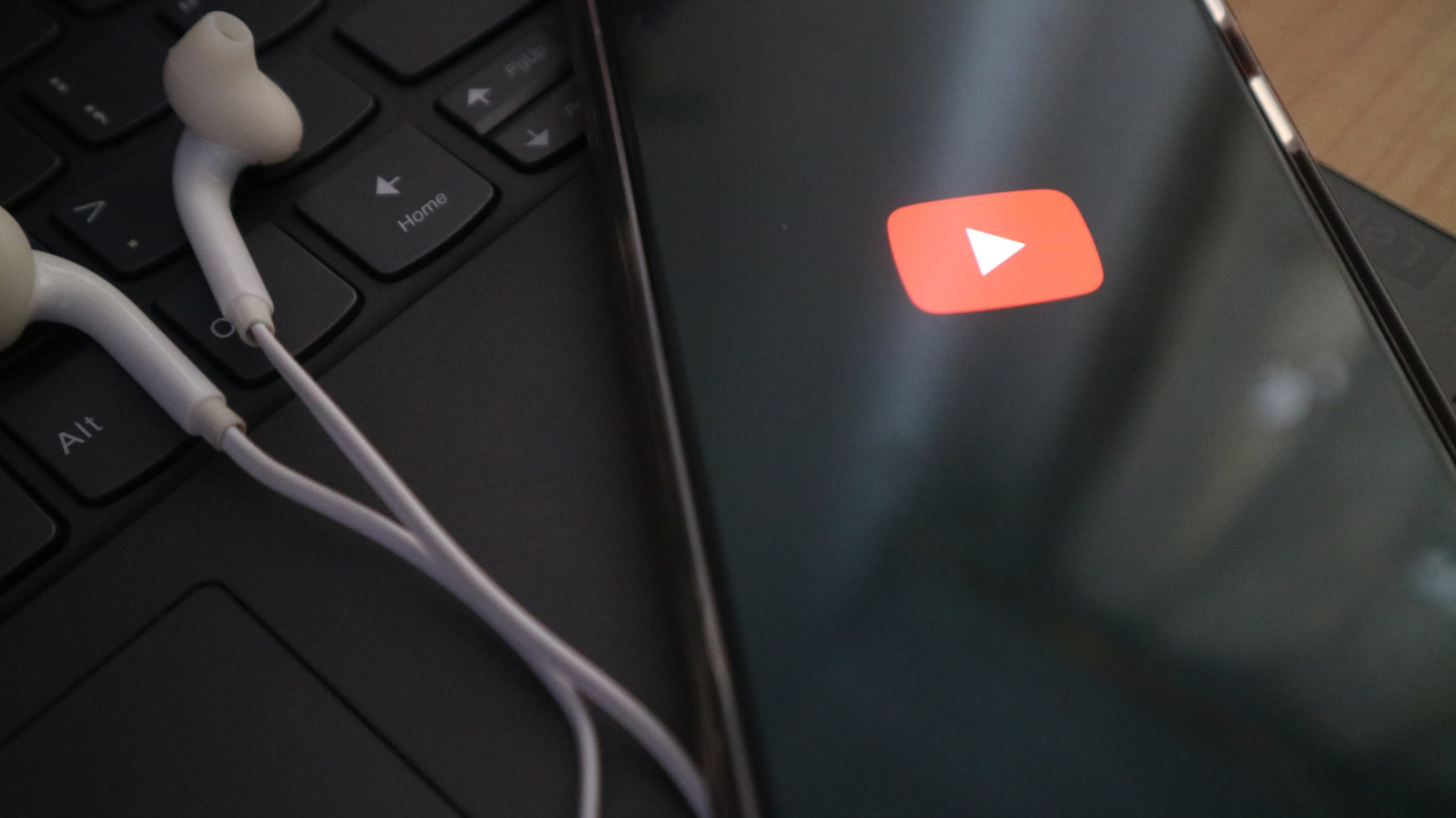My fully assembled kit arrived securely packaged in a rugged cardboard box that prominently featured a roll of filament for loading. I appreciate it when manufacturers include a roll of plastic instead of a sad little spaghetti string of sample filament. Prusa also offers an unassembled kit variant of the Core One that presently lists for $949.
The company sells individual filament rolls for $30 and bundles of six for $150. A box that arrived alongside the Core One review unit had 10 extra rolls. It felt like Prusa was daring me to fill a shelf with creations in the first few moments of unpacking: ”You’re going to need a lot of filament for all the fun you’re about to have,” the printer seemed to be saying. It was a Willy Wonka moment, for sure.
(Credit: Michael Lydick)
Out of the box, the Prusa Core One includes everything you need to get started printing right away: a preinstalled smooth PEI print sheet, a spool of Prusament PLA (in the Galaxy Black color), a USB thumb drive preloaded with sample G-code files, alcohol wipes, a nozzle-cleaning needle, and a region-specific power cable (110V for me.) Also included: a 3D Printing Handbook, a user manual, and Prusa’s signature bag of gummy bears. My review unit also came with extra build plates with different textures, should I want to experiment beyond the smooth PEI sheet that comes standard.

(Credit: Joseph Maldonado)
Prusa’s marketing game is strong, and the company leans heavily on its branding colors. You’re immediately hit with black and orange, and if you’ve been in the 3D printing hobby as long as I have, the familiar combination lulls you into the ecosystem. I looked around the room at all the things I personally owned with the same color scheme, including laptop bags, insulated water bottles, VHF radios, and power cords.

(Credit: Michael Lydick)
The setup process might not be as slick as the branding, though. I experienced an issue with the touch-screen display, which has a port to plug in a ribbon cable, as well as a grounding cord that runs back under the machine. After assembly, I noticed a rattling and found that the grounding terminal hadn’t been screwed down to the lug. I took the self-tapping screws out, located the lug screw, and corrected the issue. “OK, stuff happens,” I thought, extending a modicum of grace to Josef and the gang.

(Credit: Michael Lydick)
I then powered up the unit and had another setback. The display unit would flash the bootloader text, and then flicker away. It would intermittently flash and then fade to black; not a great start. I logged on to the Prusa website and connected with an online support representative on a Sunday morning. To my surprise, someone actually answered me in the chat box—a real human…

(Credit: Michael Lydick)
After I explained the situation, the technician advised me to remove the ribbon cable from the display unit all the way back to the control board and “stretch it out and smooth it” to alleviate any stress or kinks.
He patiently waited at each step of the disassembly and reassembly and commented on the photos I was able to share with him from my phone in real time. About 20 minutes later, I was booted up and running with a downloadable log of our interaction for my archives.

(Credit: Michael Lydick)
During this process, I flashed back to my experiences with the second 3D printer I ever bought, a Lulzbot TAZ 5, which I purchased 10 years ago and still own. I had to take it apart and put it back together many times to troubleshoot issues. I didn’t like how the setup of the Core One reminded me of those early-day experiences. Still, I was impressed by how quickly the issue was resolved with the help of a representative who knew this machine inside out. With that behind me, I resolved to print every test file that came with the unit on the USB stick.
The requisite Benchy (shown below) printed in 12 minutes with no issues. The USB drive also included an 8-minute high-speed Benchy file that I also printed, and watched the Core One nearly fall over from the hyper vibration. It’s a bit of a flex—showing that the Core One can print really fast if you want it to—and at the cost of shaking my house apart, I made only one of those.

(Credit: Michael Lydick)
The Benchy was followed by a spatula scraper, a key-ring Prusa card, and an impressive overhang test bowl, shown below.

(Credit: Michael Lydick)
I was nervous with the next file—the infamous Prusa rocket engine (shown below), which just about took my breath away and finished off my Galaxy Black PLA roll after 22 hours of print time. It printed perfectly, and it was obvious Prusa had dialed in the preset values to pair its advanced Nextruder assembly to the Prusa PLA. The geared dual-drive system’s strong grip on the filament allows accurate retraction, and I couldn’t find any vertical artifacts or seam lines on the optimized model. The detail and smooth surface of the robot llama on the engine were flawless.

(Credit: Michael Lydick)
From these initial prints, it’s clear that Prusa is relying on the pairing of the branded filament and the Core One and leaning into its experience with filament production. The Core One is clearly designed to print with Prusa filament consistently and beautifully. This walled-garden approach gives Prusa a tremendous legacy advantage over the Bambu Lab A1 and similar printers from Creality, like the K1.
Rounding out the initial setup are a few more quirks—both welcome and problematic. The fact that you can switch the hinges of the door to the opposite side is nice. But the NFC reader on the back of the printer that is supposed to help you connect to Wi-Fi using the Prusa app just didn’t work for me. I would prefer to just use a QR code from the display to connect my printer to my network.








